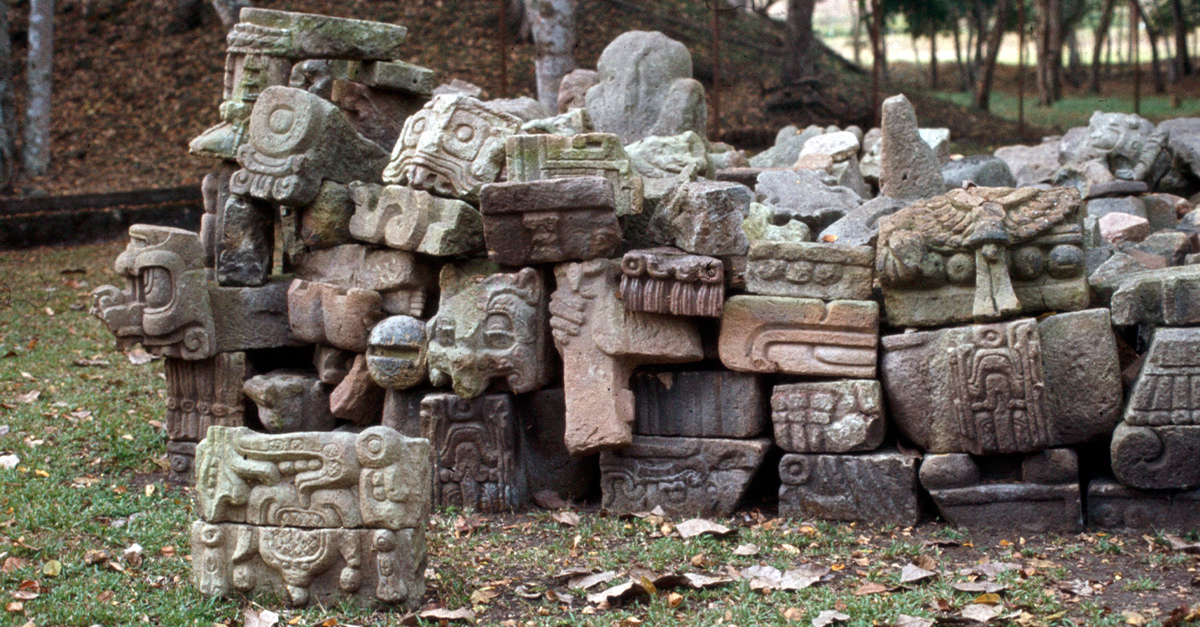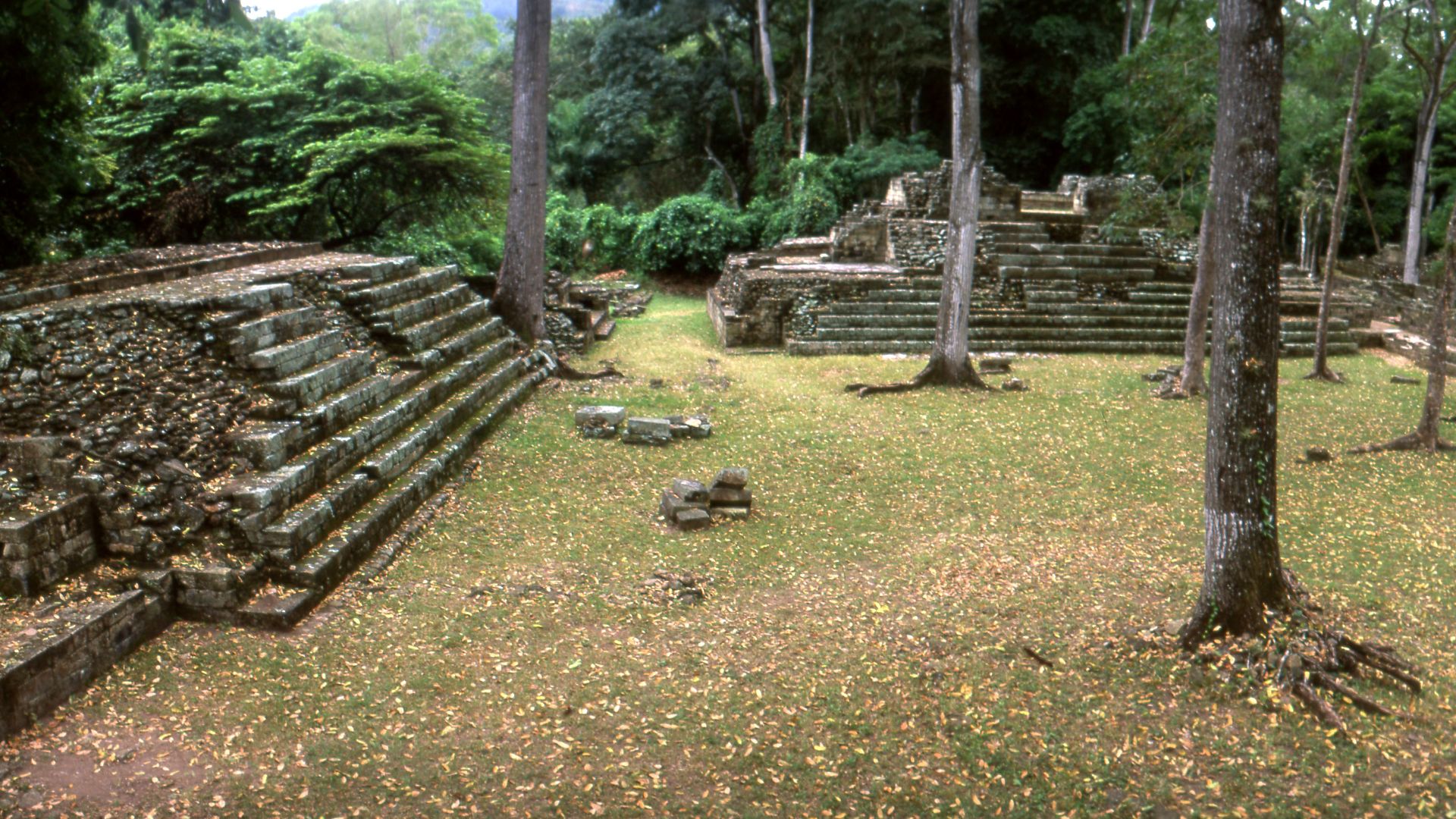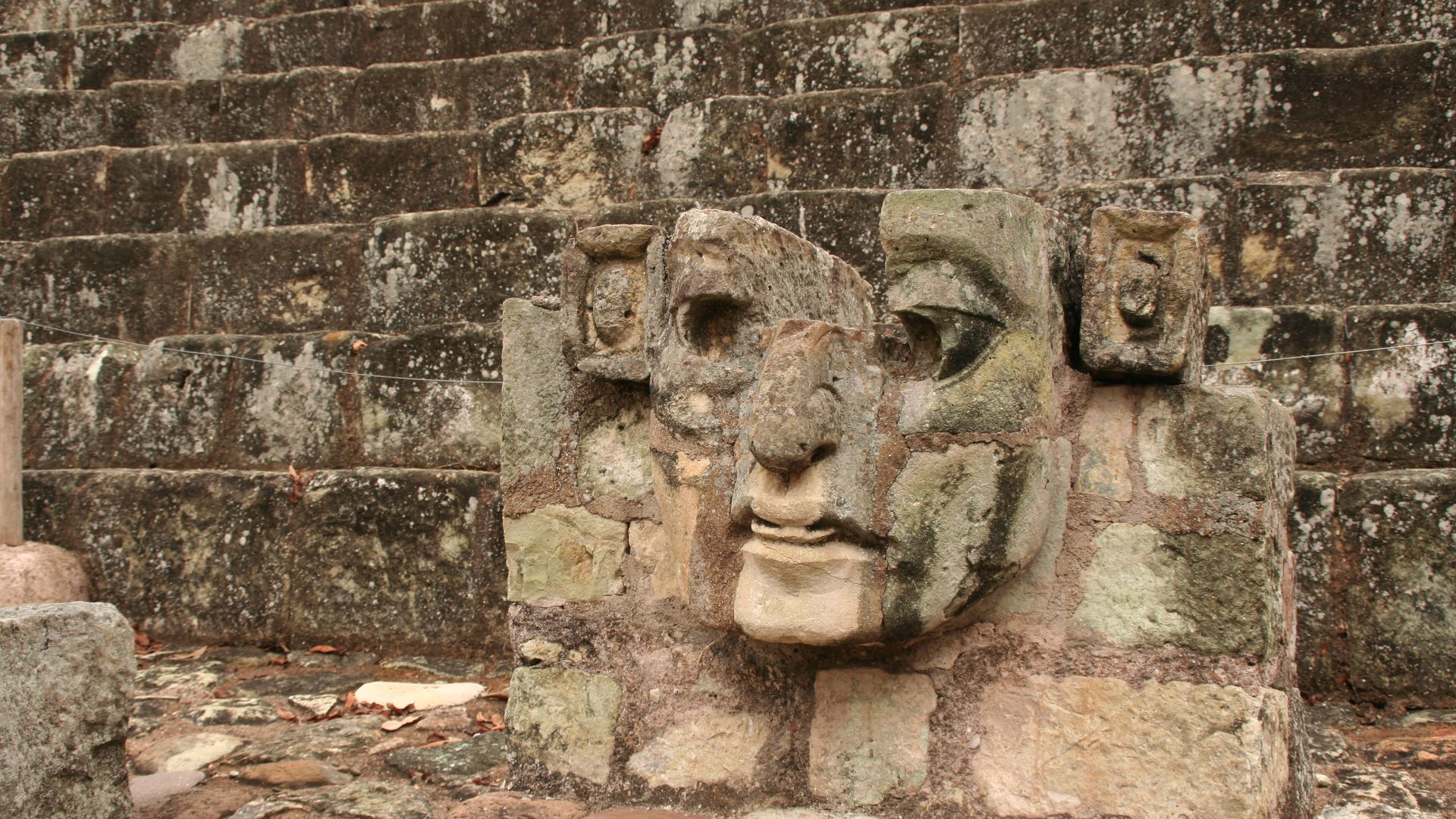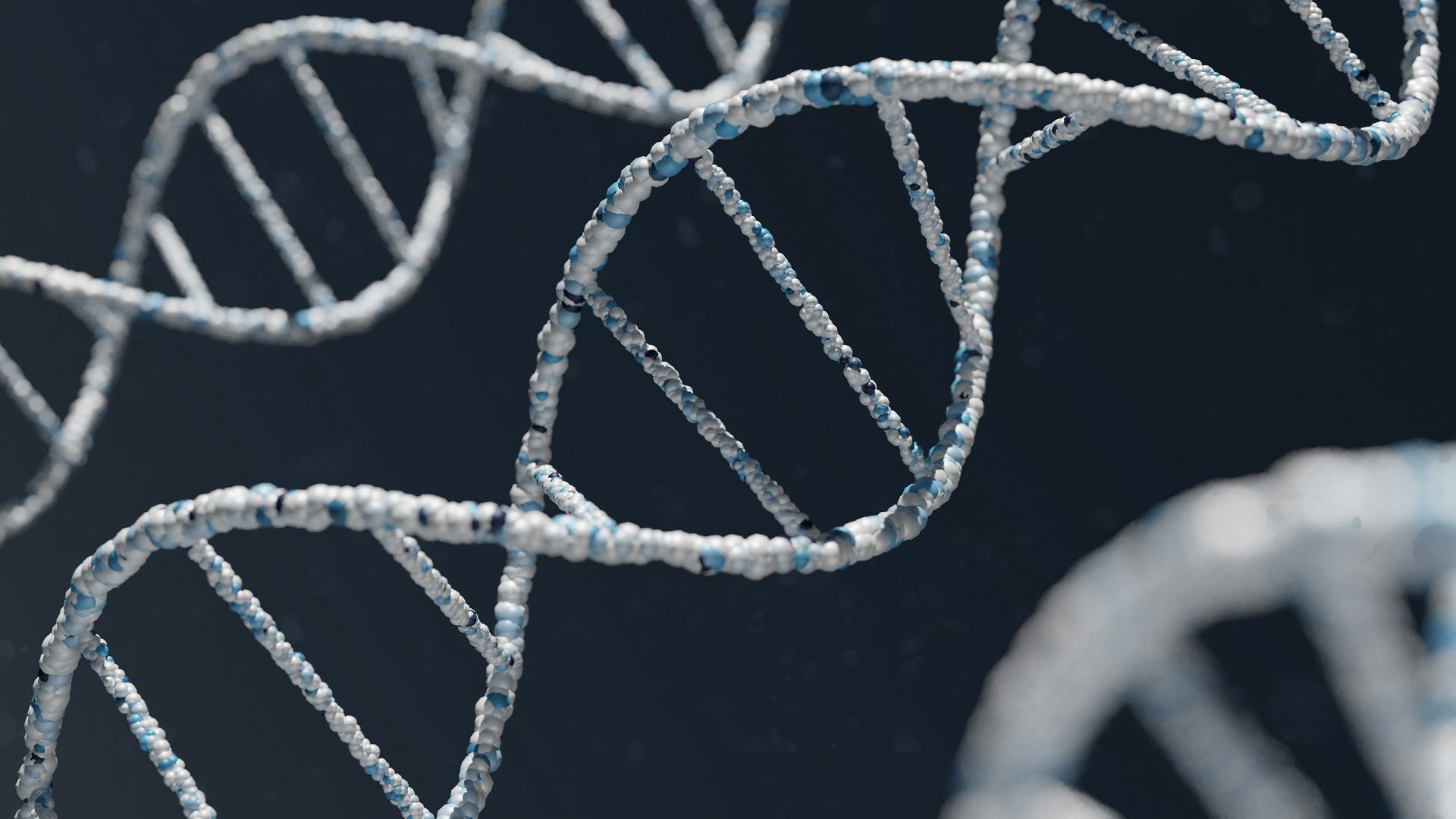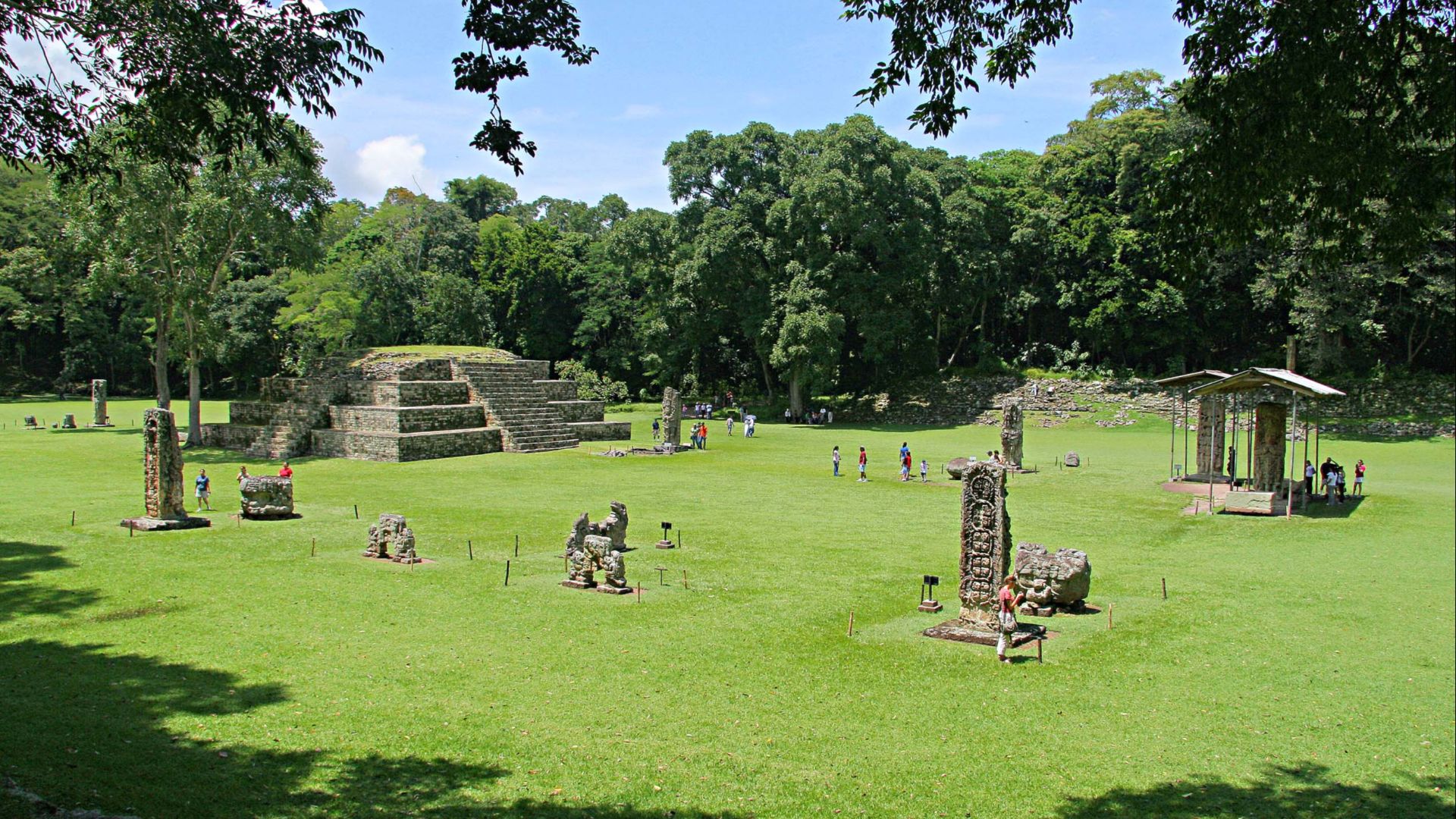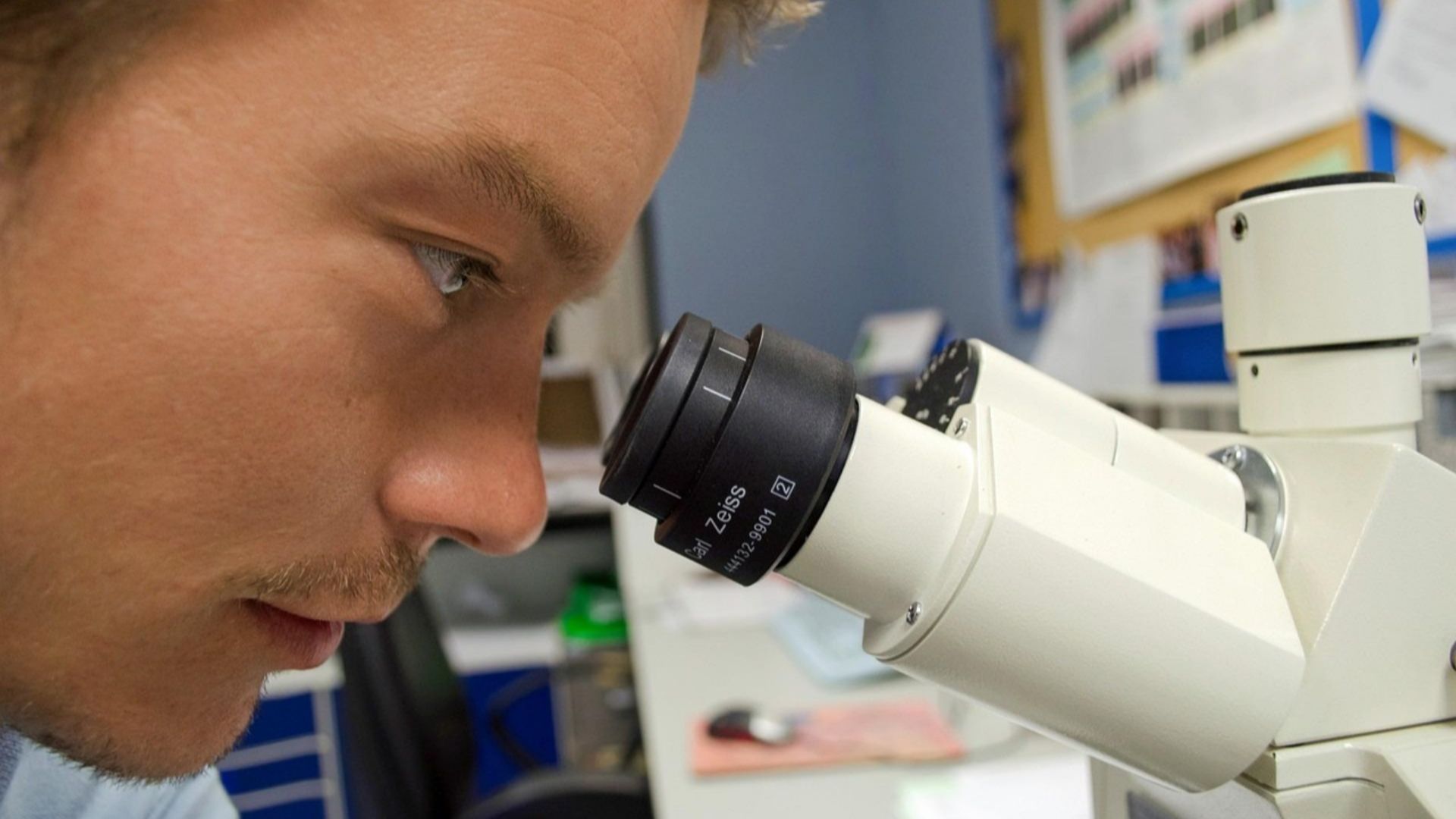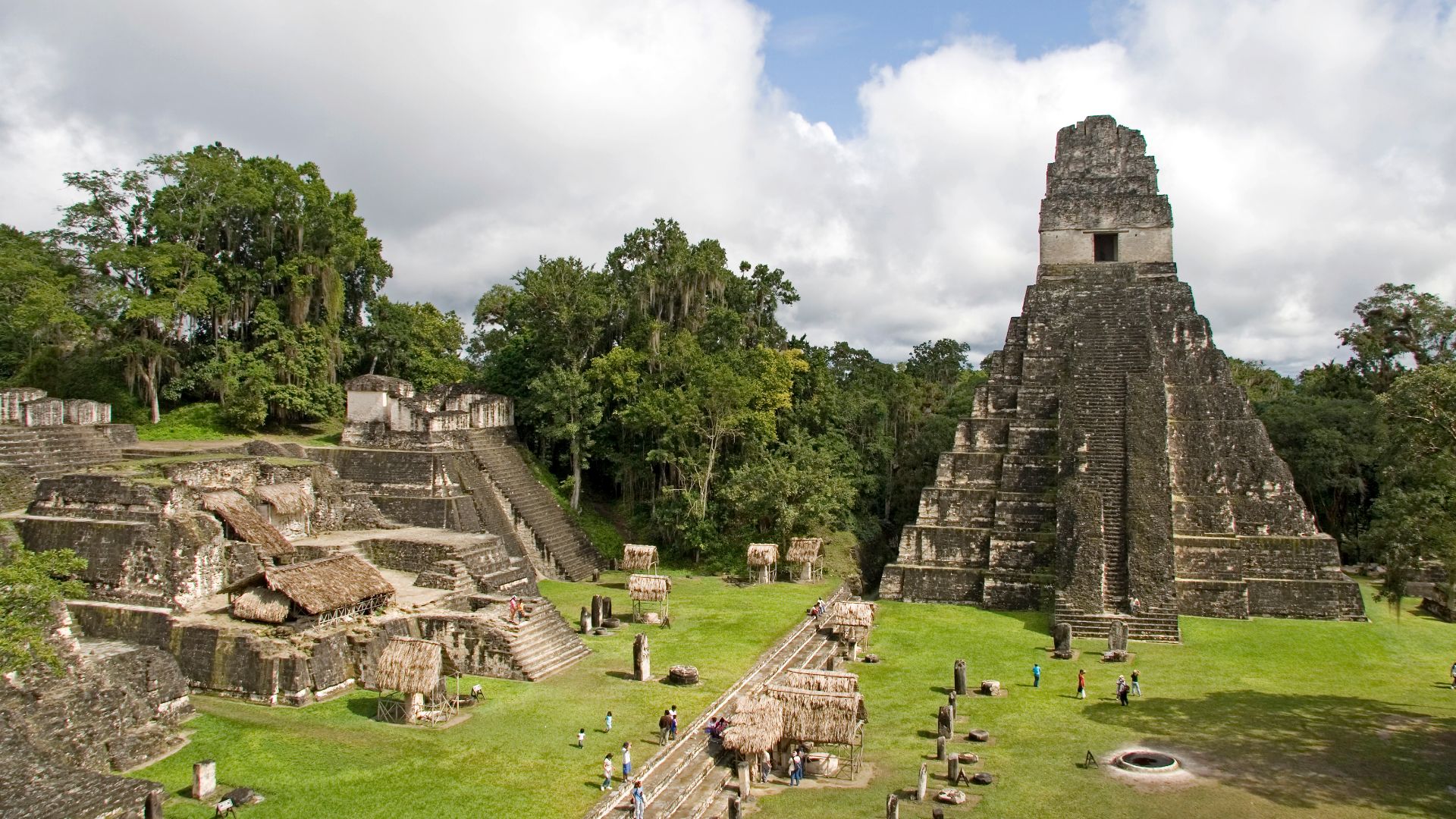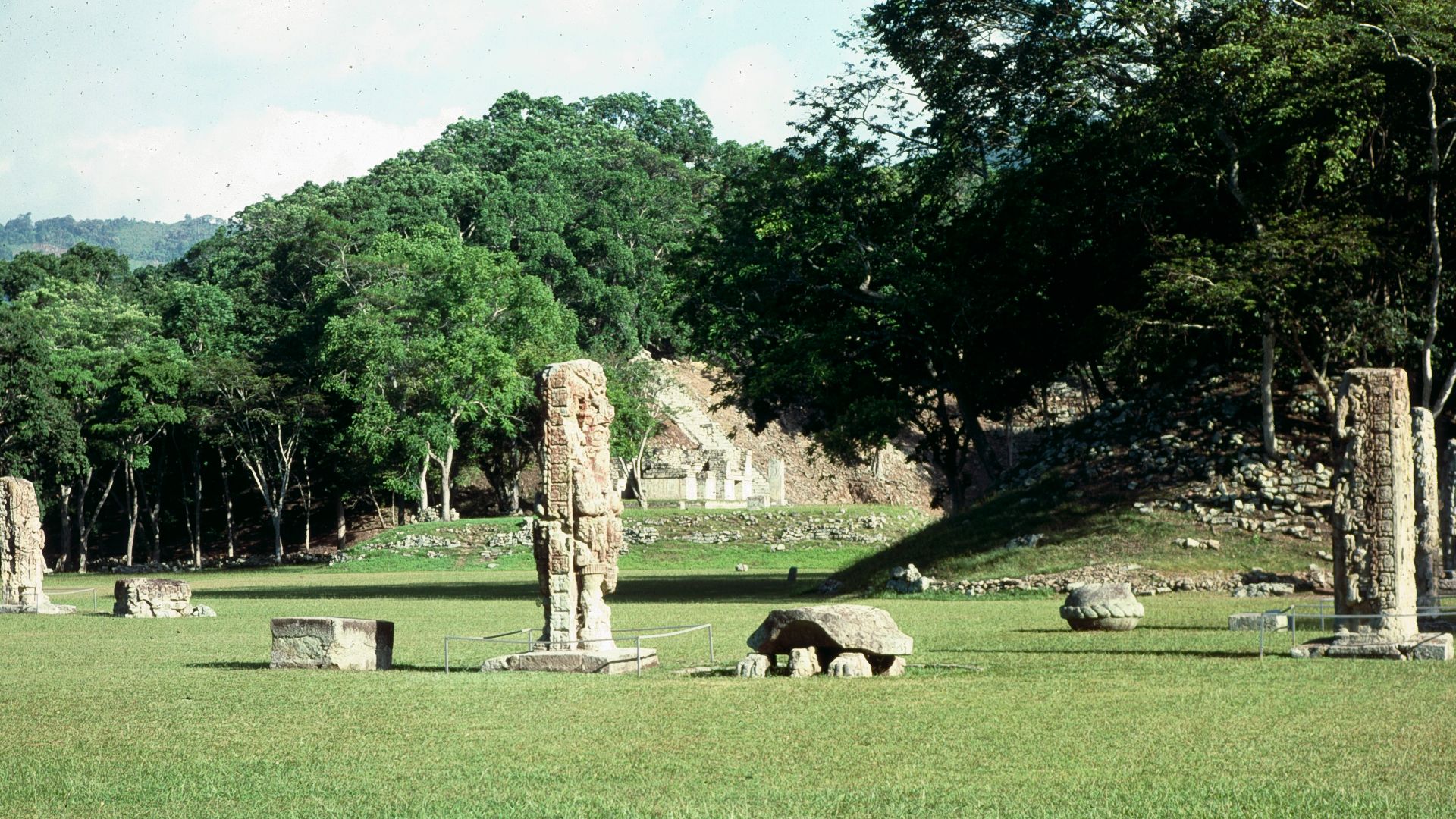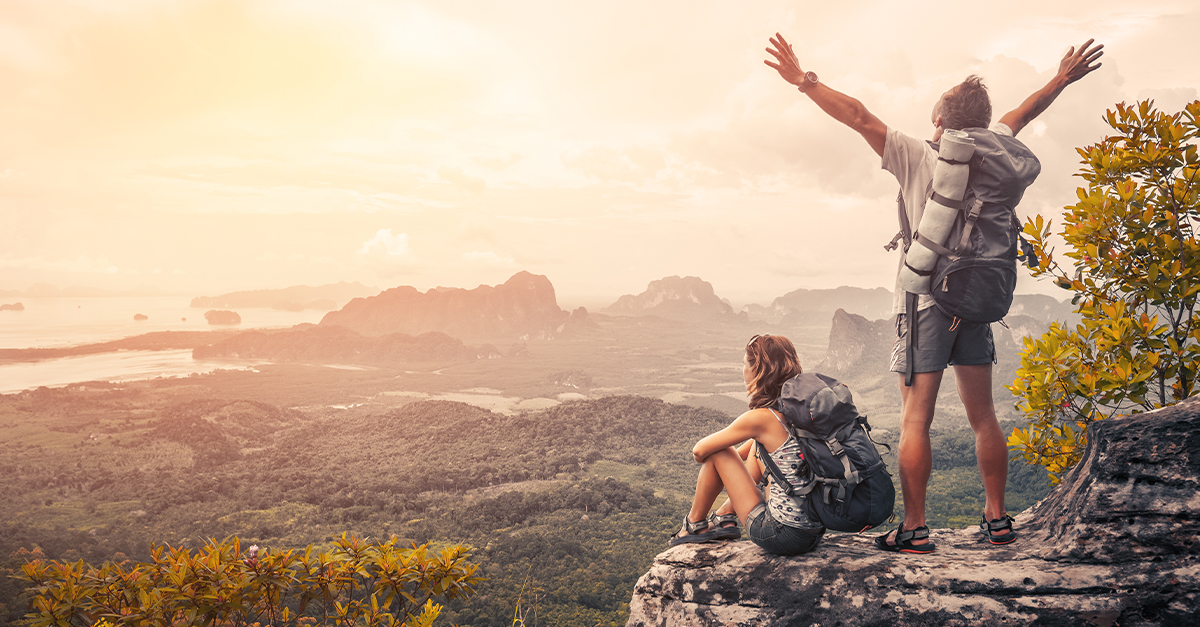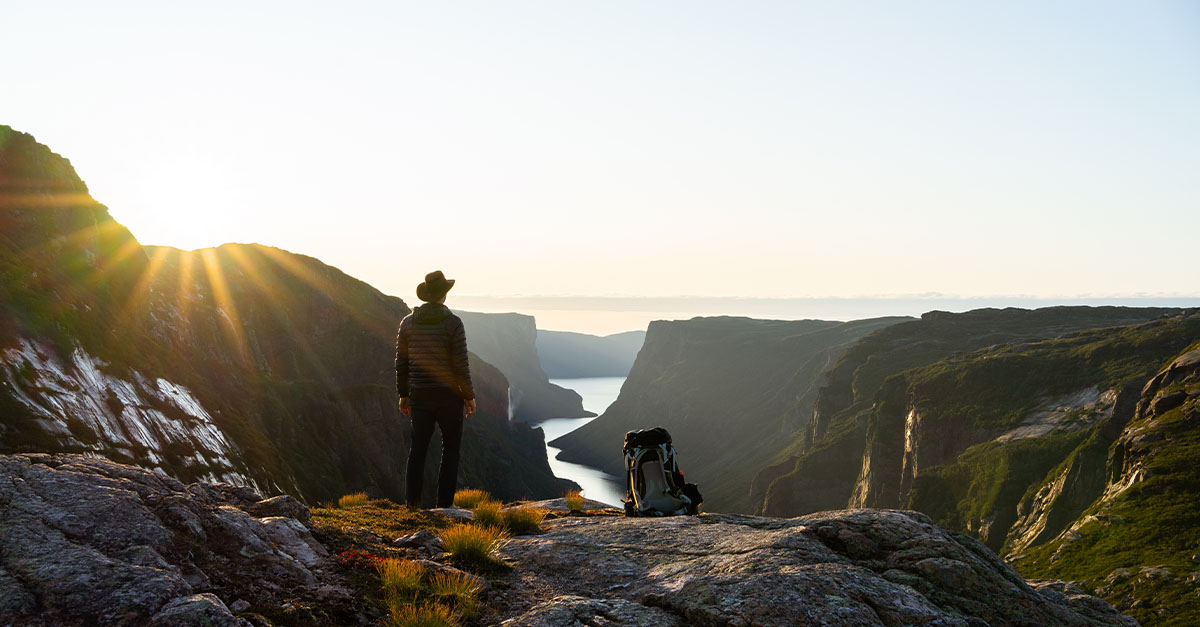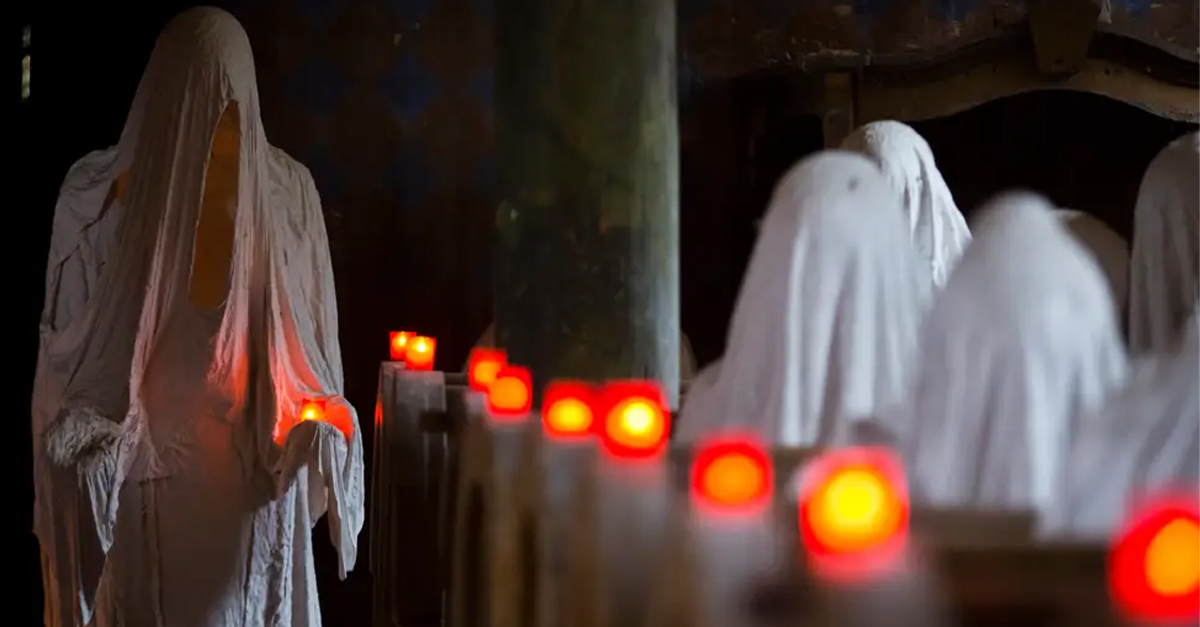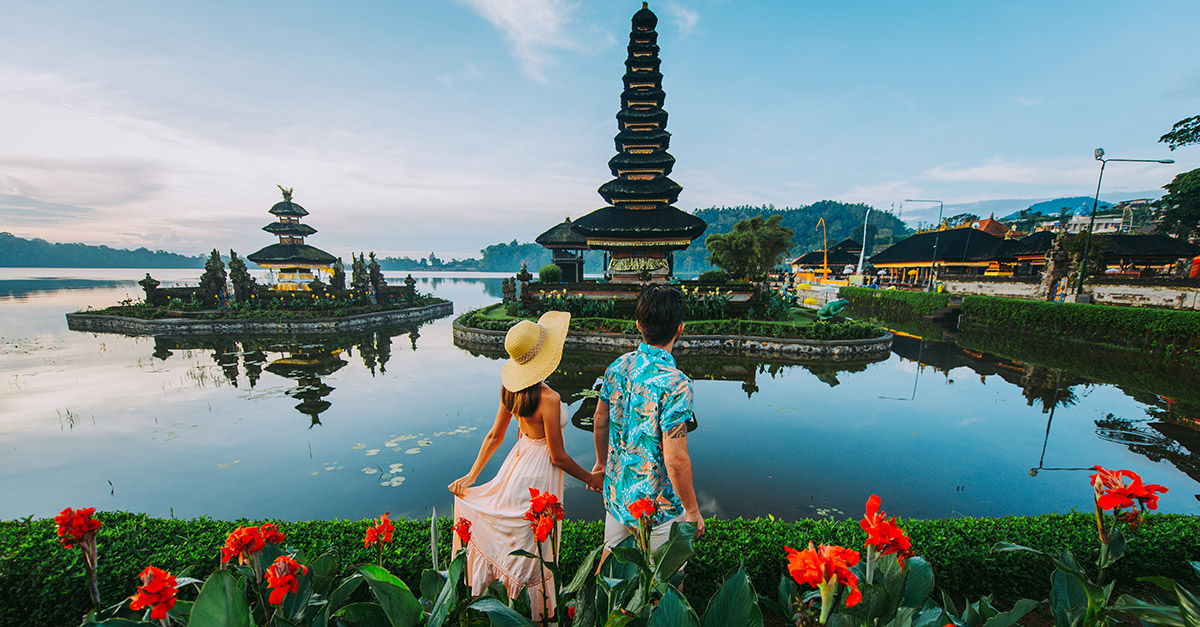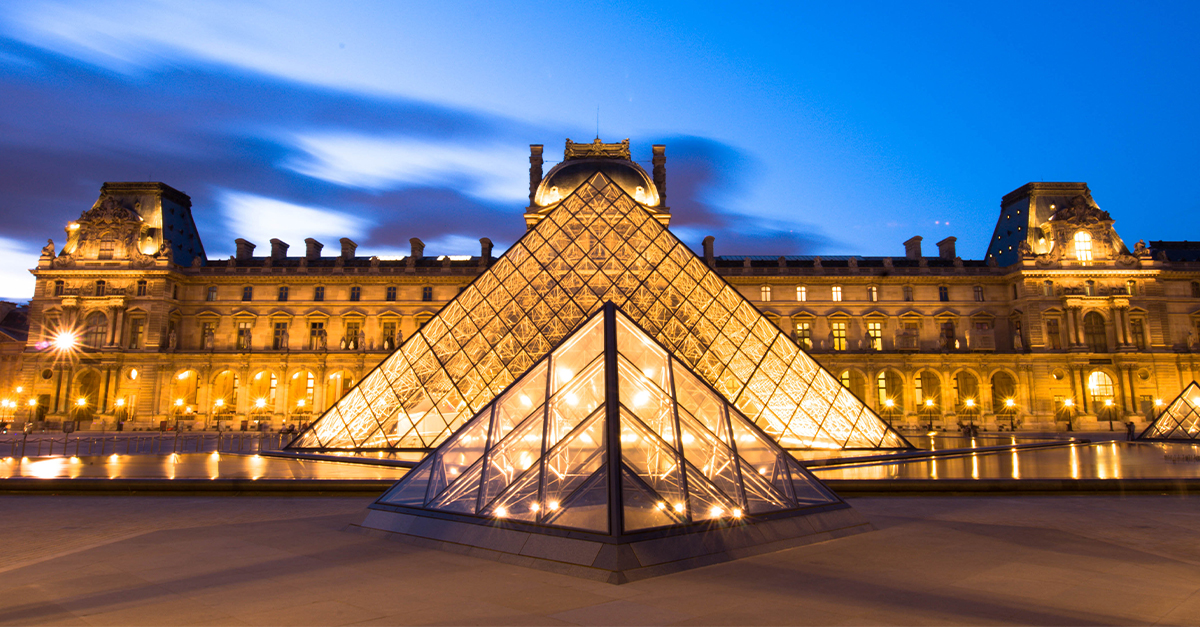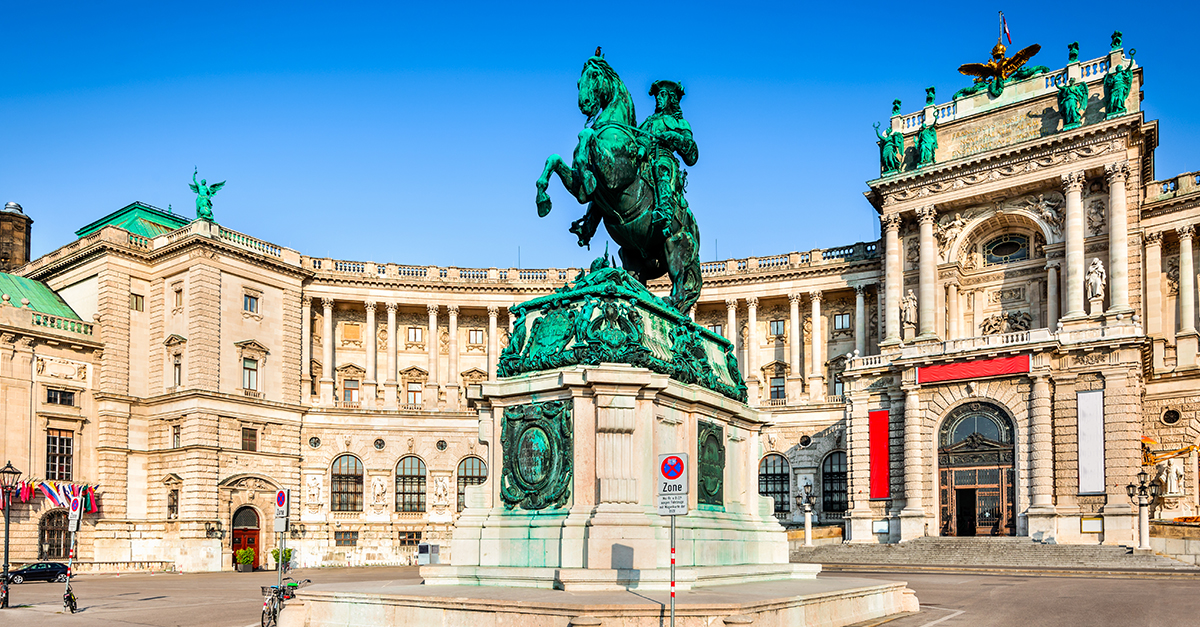The City Beneath The Jungle
Hidden in the lush Honduran rainforest, the ruins of Copán have long been a magnet for archaeologists. Once a glittering capital of Maya culture, Copán was also a hub of art, astronomy, and political dominance until it went into decline over a thousand years ago. Today’s science of genetics is uncovering new clues buried deep within its tombs.
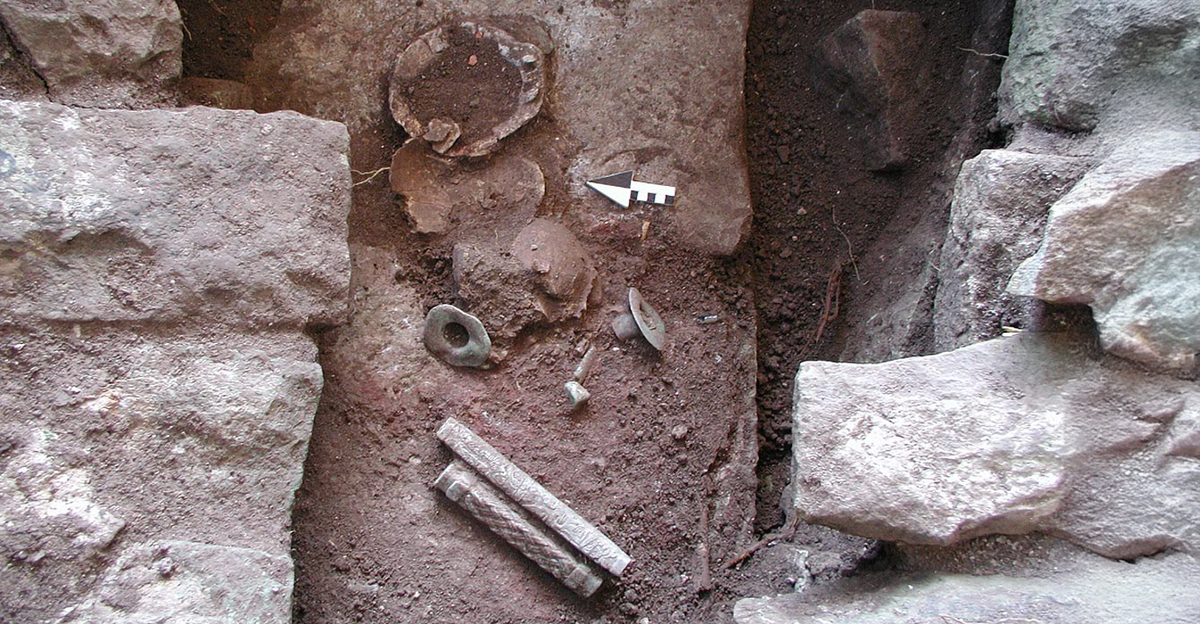
The Civilization That Shaped A Continent
The Maya civilization once spanned Mexico, Belize, Guatemala, and Honduras. Known for their writing, mathematics, and architecture, the Maya flourished for over two millennia. But around 800 AD, cities like Copán began to fall silent. Until recently, theories of drought or warfare dominated the narrative of Maya collapse. DNA research is now changing that story.
Ancient DNA Meets Maya Archaeology
A team of scientists successfully extracted genetic material from ancient remains found at Copán, and compared them to genomes from other Maya sites and also to today’s living Maya descendants. The results of the research are rewriting what we know — or what we thought we knew — about population movement and decline in the ancient Maya world.
Tracing The Genetic Lineage of the Maya
Researchers analyzed the remains of seven people buried between 400 and 800 AD. Their DNA showed continuity with modern Maya populations across Central America. This is important because it proves that the descendants of Copán’s people are still alive today. But it also suggested a surprising level of genetic isolation during the city’s terminal decline.
 Unknown authorUnknown author, Wikimedia Commons
Unknown authorUnknown author, Wikimedia Commons
A Silent Population Crash
The genetic data shows a sharp population decline around 1,200 years ago. This matches the archaeological evidence that Copán’s population collapsed quickly after a centuries-long stretch of prosperity. Instead of mass migration or invasion, the data suggests the city’s people remained in the area; but there were fewer and fewer of them with each passing generation.
Beyond Drought And War
While environmental stress and resource scarcity likely played a role, the DNA results suggest a social breakdown, too. The genetic uniformity during Copán’s final centuries implies fewer people migrating into the area, cutting off trade and cultural exchange. Isolation may have been as damaging as famine or conflict for a civilization that was used to being so highly connected.
Highland Connections And Hidden Migrations
Interestingly, some Copán individuals show genetic links to people from the highlands of central Mexico. This suggests that early in its history, Copán’s rulers or artisans may have migrated south with their culture and bloodlines from central Mesoamerica. The city might have even been established as a cultural crossroads long before it became a royal capital.
Rise Of A Dynasty
Archaeologists have long traced Copán’s royal line to the mighty K’inich Yax K’uk’ Mo’, the founder-king who arrived from some distant unknown land. The new DNA results give scientific weight to the substance of that ancient legend. His descendants ruled for 400 years, building temples and stelae that told the tale of their political dominance and divine heritage.
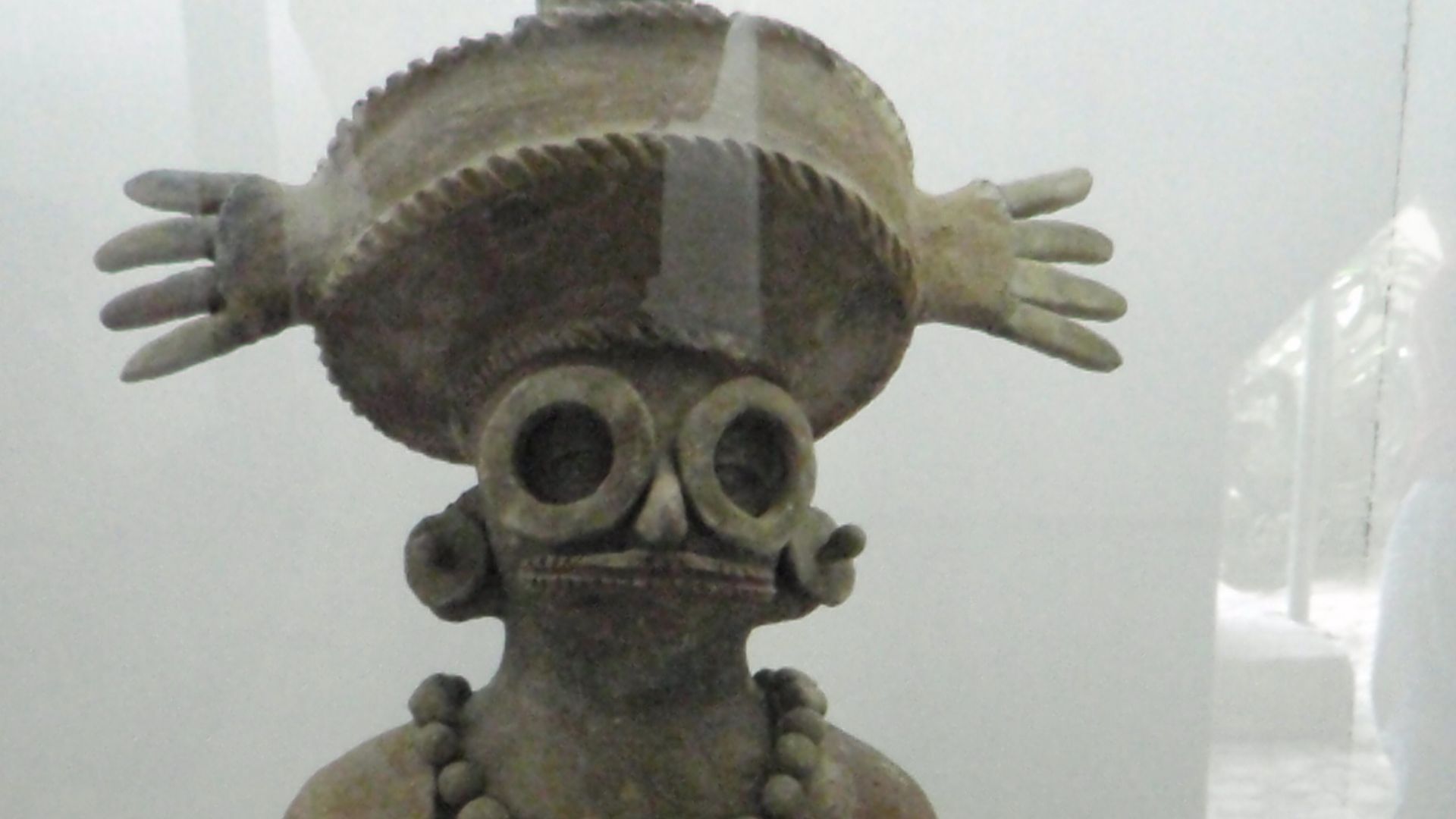 DuendeThumb, Wikimedia Commons
DuendeThumb, Wikimedia Commons
The Gods Went Silent
The genetic evidence also gives a clear date for when the city’s lifeblood began to thin. Fewer children were born, and the elite lineage lost its vigor. By 820 AD, the once-grand temples fell from splendor into neglect. The DNA results suggest that disease and malnutrition, the classic signs of a collapsing civilization, left deep marks in their genes.
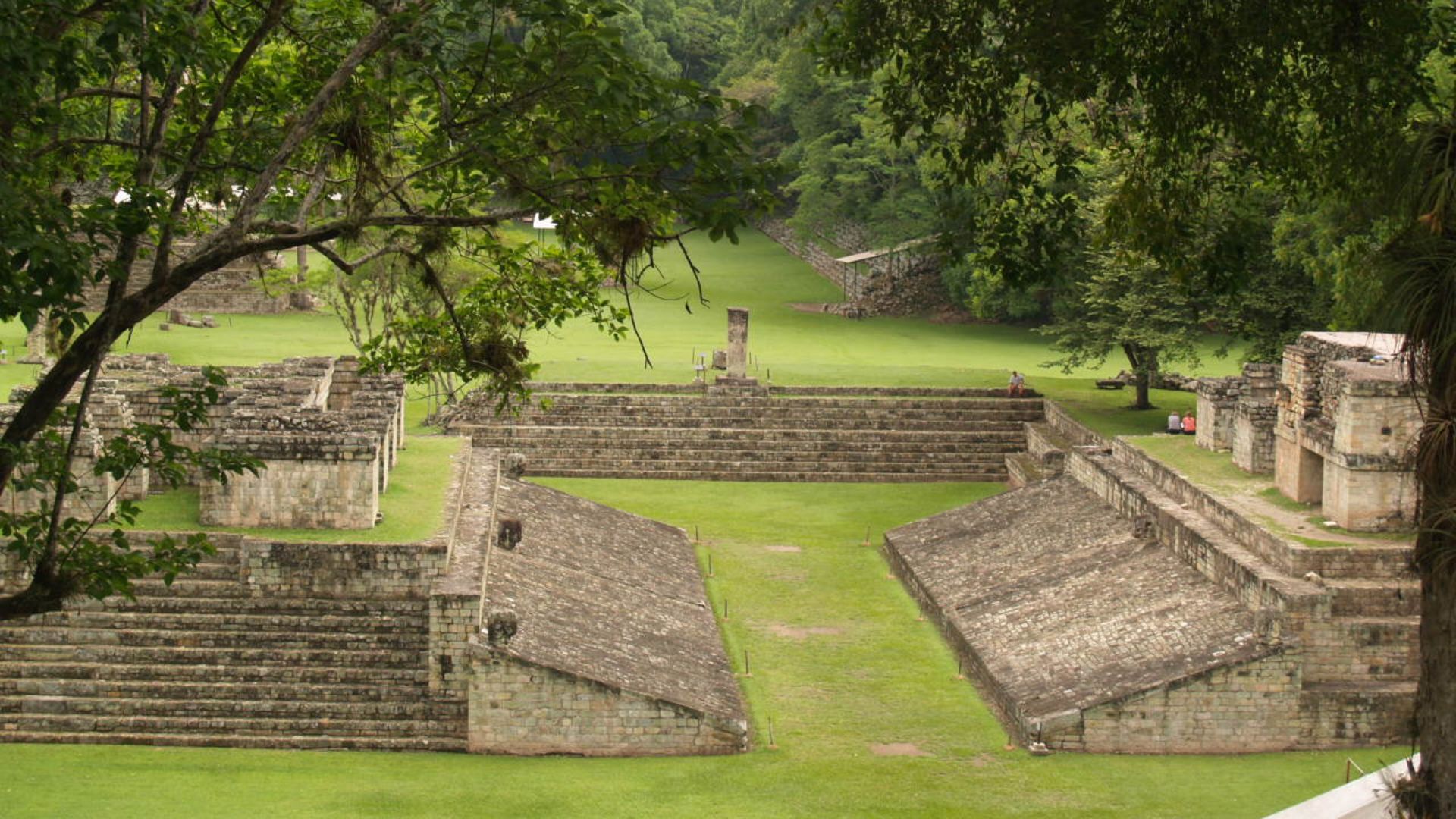 Adalberto Hernandez Vega from Copan Ruinas, Honduras, Wikimedia Commons
Adalberto Hernandez Vega from Copan Ruinas, Honduras, Wikimedia Commons
Clues Written In Bone
The fascination doesn’t end there. The sequencing of mitochondrial DNA also indicated the telltale nutritional stress markers consistent with famine. As Copán’s maize (corn)-based agriculture declined, genetic signatures show a reduction in dietary diversity. The city’s last generation was physically weaker, barely surviving through a protracted slow-motion collapse that still haunts the Maya story.
From Royal Tombs To Forensic Labs
Recovering usable DNA from Copán’s steamy jungle climate was a triumph of modern science. Using ultra-clean labs and next-generation sequencing, researchers pieced together genomes that had degraded over 1,200 years. Each new sequence is like opening a time capsule with a penetrating view into the heart of Maya civilization.
The Ethical Dimension
This study was conducted with consent from modern Maya communities, who view Copán not as ruins to dig around in, but as ancestral ground. For many of today’s Maya, the findings confirm what their own oral traditions have always said: that their bloodlines never disappeared despite centuries of conquest, drought, and mythologized collapse.
 Gerd Eichmann, Wikimedia Commons
Gerd Eichmann, Wikimedia Commons
Why DNA Matters For Maya Studies
For decades, historians have squabbled over whether the Maya disappeared or simply changed. DNA gives us proof of continuity. The civilization’s political systems may have gone under, but its people adapted, migrated, and survived, carrying their ancient culture into modern Guatemala, Chiapas, and Yucatán.
Reconsidering The Story Of Collapse
The Copán genomes reveal that the Maya decline wasn’t an apocalyptic event, but a demographic adjustment. Instead of being destroyed, local populations consolidated and made their way north. In this sense, the civilization’s fall was more of a transformation than a collapse.
 Monica J. Mora, Wikimedia Commons
Monica J. Mora, Wikimedia Commons
Window Into Daily Life
Beyond its implications for dynasties and collapse, DNA is helping us reveal everyday realities. From diet to disease, genetic evidence offers glimpses of the ancient Maya’s resilience. Some Copán individuals show immunity markers for tropical illnesses, a sign that even as society declined, people doggedly went on adapting to their environment.
From Copán To Modern Honduras
The people living near Copán today still carry the genetic legacy from those ancient tombs. Their DNA links them directly to the Classic Maya civilization, across an invisible link bridging millennia. The discovery is a source of renewed local pride and tourism, positioning Copán once again as a center for cultural connection.
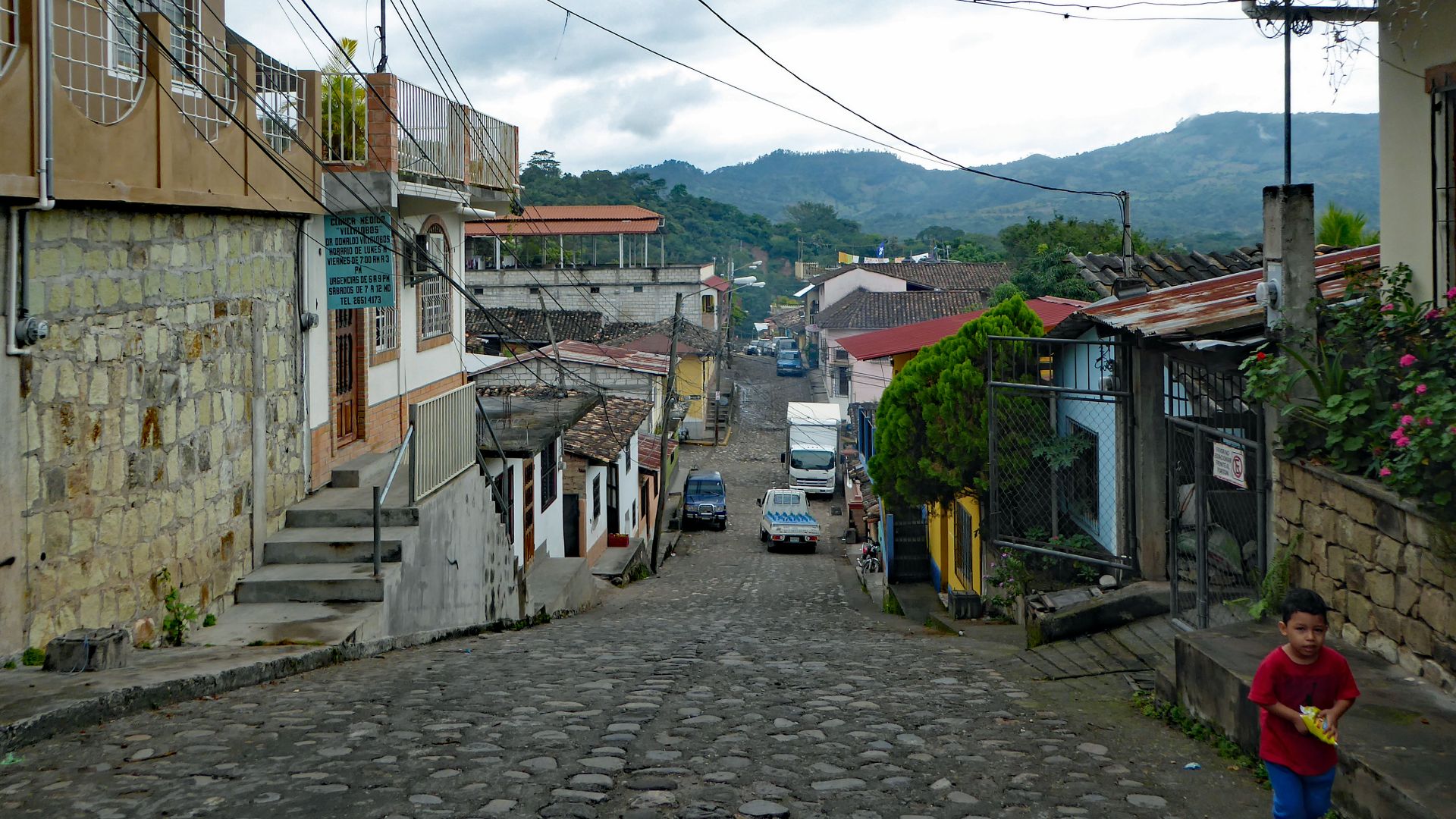 Hans Birger Nilsen, Wikimedia Commons
Hans Birger Nilsen, Wikimedia Commons
What Copán Says About Civilization
The lessons of Copán reach far beyond the borders of Honduras. They remind us that civilizations rarely die—they evolve. Through DNA, we see the threads that bind past and present, proving that human endurance is as much genetic as cultural.
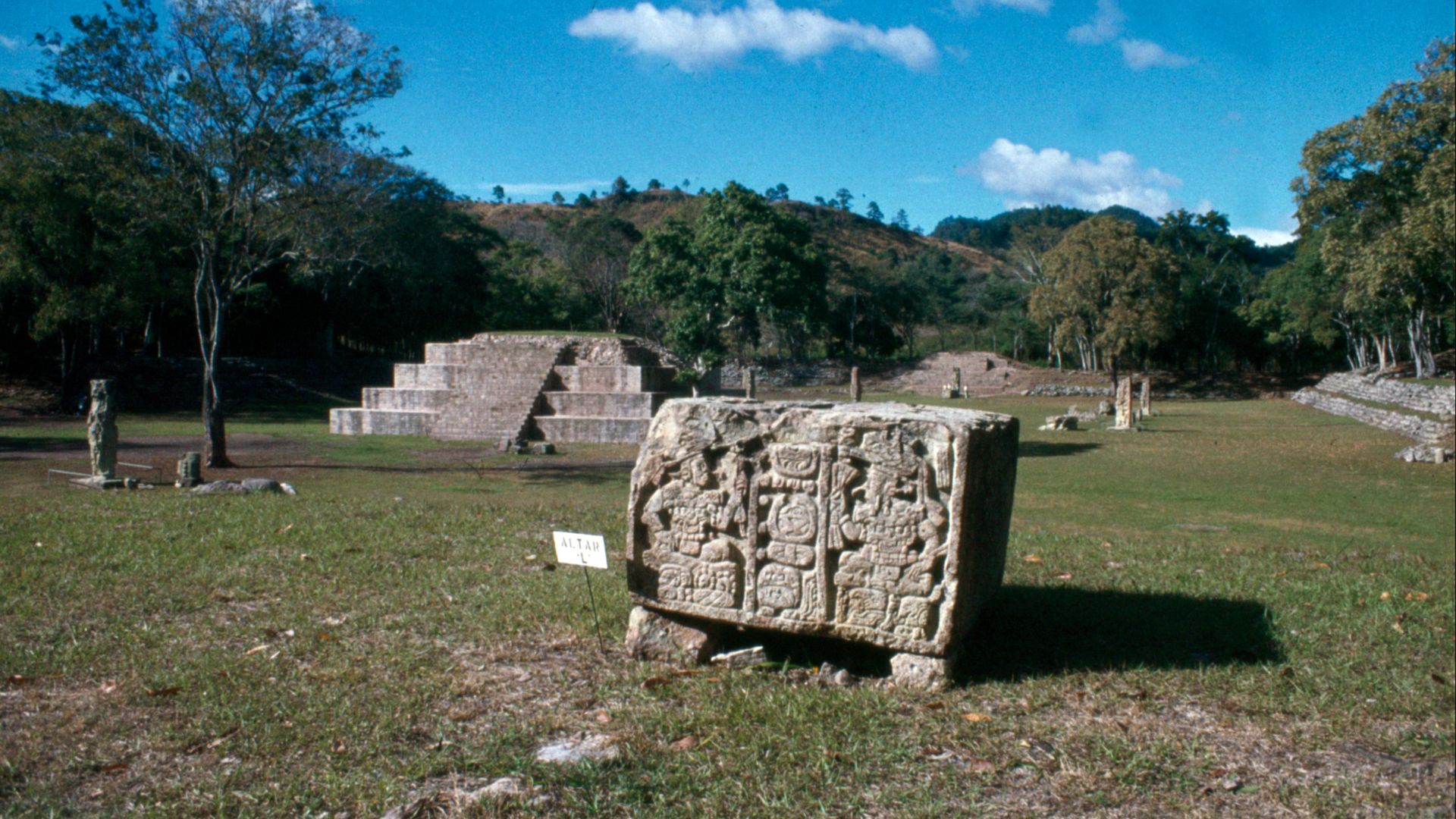 Gerd Eichmann, Wikimedia Commons
Gerd Eichmann, Wikimedia Commons
Collaboration Of Genetics And Archaeology
This fusion of archaeology and genetics marks a new chapter in Mesoamerican studies. By combining temple carvings, burial context, and molecular evidence, scientists are breathing life back into history, uniting hard data with the human stories it represents.
 Adalberto Hernandez Vega from Copan Ruinas, Honduras, Wikimedia Commons
Adalberto Hernandez Vega from Copan Ruinas, Honduras, Wikimedia Commons
Future Discoveries Await
Researchers plan to expand the study across other Maya centers like Tikal, Calakmul, and Palenque. As more genomes are decoded, the puzzle of the Maya will come into sharper focus—showing how a brilliant civilization adapted to the pressures of time, nature, and itself.
The Enduring Legacy of Copán
In the end, Copán’s story is one of resilience. DNA has confirmed what stone carvings only hinted at: the Maya didn’t vanish—they evolved, survived, and live on in their descendants. The jungle may have reclaimed their temples, but science has restored their voices.
You May Also Like:
Researchers carried out the first DNA study of the people of ancient Machu Picchu.

